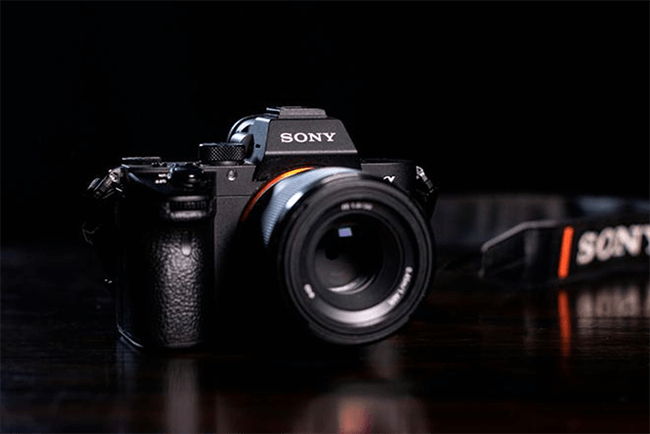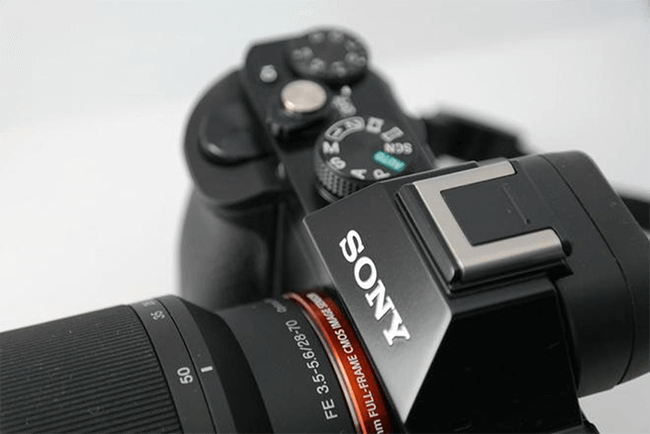In the field of photographic equipment, discussions about the straight-out-of-camera color performance of Sony cameras, especially when compared with other mainstream brands such as Canon, Nikon, and Fujifilm, often place Sony in a relatively disadvantaged position. Sony's straight-out photos, especially when shooting portraits, tend to have pale, cold, or greenish skin tones, lacking the "pleasing" warm tones or film-like atmosphere of straight-out photos from brands like Canon and Fujifilm.

The default straight-out portrait skin tones of Sony cameras are often described as not ruddy enough, prone to being pale, cold, or slightly greenish, which is different from the warm, pinkish skin tone styles of Canon and Nikon. The default color style is generally considered to be more neutral and realistic, pursuing the "original flavor" restoration of the on-site light. Its advantage lies in high authenticity, while the disadvantage is that it may lack the unique "atmosphere" or "sweet" effect of some brands, especially when the light conditions are not ideal, the picture may appear plain or cold.
Traditional camera giants such as Canon, Nikon, and Fujifilm have accumulated decades of color tuning experience in the film era. They have profound, market-verified technical precipitation in color performance under different lighting conditions. Sony entered the professional camera market relatively late, and in the initial stage, it lacked similar historical precipitation and a huge user aesthetic database to directly support color preference tuning.
Sony has invested a lot of research and development resources in improving sensor technology and image processor performance. Its full-frame sensors are famous for high dynamic range and excellent RAW file recording capability. The core logic of this technical path is to provide as rich and accurate original data as possible, leaving more of the final color style shaping power to users through post-processing. In other words, Sony prioritizes ensuring strong post-adjustment potential rather than pursuing specific stylized effects of straight-out JPEG.
Sony's early color processing algorithms focused more on "accuracy" rather than "pleasing to the eye". Its default automatic white balance, color matrix, and skin tone rendering algorithms tend to faithfully reflect the information captured by the sensor, with less addition of warm tones or saturation enhancements designed to please the eye. This led to the so-called "greenish/cold" impression.
Aware of user feedback on straight-out colors, Sony continues to improve the tolerance and color depth of RAW files, providing professional users with an unparalleled basis for post-adjustment. Through skilled post-color grading, users can completely obtain effects comparable to or even surpassing the straight-out effects of other brands. In the video field, the S-Log curve provides an extremely wide dynamic range and color space, which is a powerful tool for professional film and television production. But this also requires a complex post-color grading process.
The new generation of BIONZ XR and other image processors not only improve focusing and continuous shooting speed but also integrate more advanced exposure algorithms, automatic white balance (AWB) optimization, noise reduction processing, and color rendering engines. For example, the default straight-out colors of models such as A7R V and A7 IV are more natural and pleasing compared to previous generations, and the skin tone performance has noticeable improvements. Continuous firmware updates also often include fine-tuning of color performance. The rich and high-quality E-mount lens group lays the optical foundation for obtaining high-quality image quality and colors, but the impact of the lens itself on the brand's straight-out color style is relatively indirect.
There is no absolute standard for "good" colors. Sony's realistic style, Canon's warm tone, and Fujifilm's film simulation each have their fans. Users who prefer the convenience of straight-out and specific atmospheres may tend to choose Canon/Fujifilm; users who value post-processing freedom and the quality of original data may appreciate Sony's RAW files more. The "weakness" refers to the specific style of the default straight-out JPEG in a specific context, especially the comparison of portrait skin tones with some traditional brands. In terms of technical performance, video capabilities, focusing speed, system openness, etc., Sony is usually regarded as a leader or a strong competitor. From early models to now, Sony's efforts and progress in straight-out color performance are visible, as evidenced by the popularity of S-Cinetone and creative looks.

However, Sony is not ignoring this issue. It is committed to improving the straight-out experience by continuously upgrading image processors and color algorithms, introducing the professional film color science S-Cinetone to consumer models, providing a variety of "creative look" presets, and continuously optimizing automatic white balance and skin tone rendering. At the same time, its powerful RAW files provide professional users with a broad space for post-color grading.
Therefore, simply defining Sony's color science as a "weakness" is not comprehensive. It reflects a different design philosophy and trade-offs. With technological iteration and the integration of user feedback, Sony's straight-out color performance is gradually evolving, providing users with more diverse choices. Ultimately, the evaluation of the pros and cons of color styles always depends on the creator's personal needs and aesthetic preferences.
Related Tags: Buy a camera
